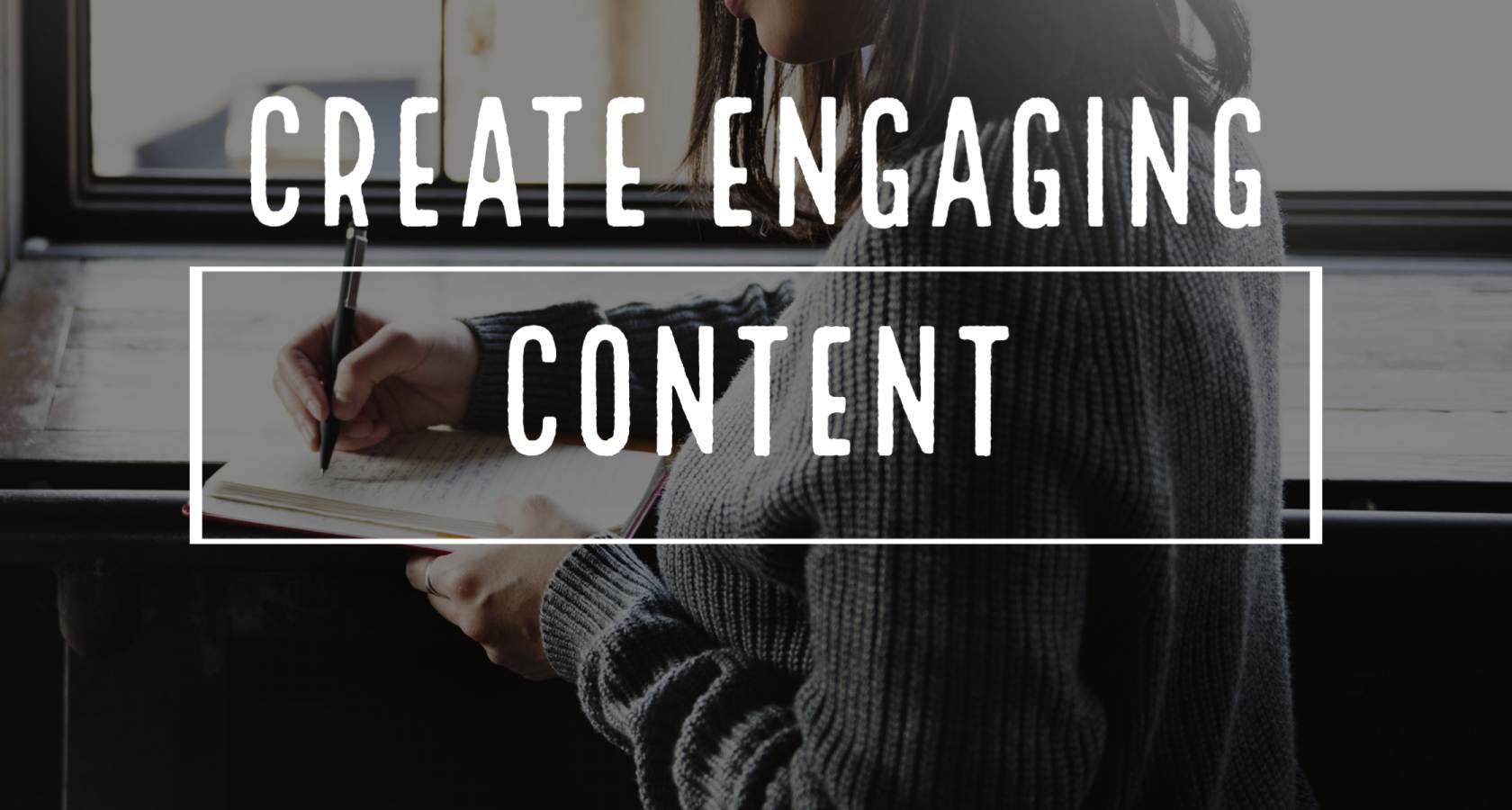A Guide on How to Use a Semicolon with Examples
Grammatical errors, however minute, can prevent your content from achieving its objectives. It doesn’t matter what you are writing; your readers won’t trust you have the capacity to discuss the subject if you’re advertising your limited English proficiency every few sentences.
One of the most common grammatical errors is misusing the semicolon, leading to a rough transition between related ideas or a comma splice – a grammar error where a comma links two independent clauses.
Semicolons are not as strong or divisive as periods but are stronger than commas, which makes their use elusive. Can you use them in place of commas or periods? What are the different ways to use them?
This article answers these questions and uses examples to explain different ways to use the semicolon.
1. To connect related independent clauses
An independent clause is a group of words containing a subject and verb that express a complete thought. Think of it as a standalone sentence that makes sense; for example, The waves crashed onto the sandy shore.
To connect two independent related clauses, use a semicolon between them. The keyword here is related; they should share a logical connection. For example:
Clause one: The clouds were dark.
Clause two: We thought it would rain.
Correct: The clouds were dark; we thought it would rain.
You can also use it to connect two independent clauses that have internal commas. Without a semicolon, the sentence could be hard to read. For example:
Incorrect: My cat is sick. She won’t move, eat, or jump, nor will she sit on my lap like she used to.
Correct: My cat is sick. She won’t move, eat, or jump; nor will she sit on my lap like she used to.
The words before and after the semicolon should form a complete sentence. If you don’t want to use a semicolon, you can use a comma and conjunction in its place. For example:
Correct: The clouds were dark, so we thought it would rain.
If you don’t use a semicolon and instead use a comma without a conjunction, you are committing a comma splice error. For example:
Incorrect: The clouds were dark, we thought it would rain.
You should never use a semicolon between an independent and a dependent clause.
Incorrect: Although Nate is a kind team member; that new guy is not.
2. In a serial list
If you are writing a complex list of items, and the items have internal punctuations, or the list is long, you should use a semicolon instead of a comma to help the readers clearly distinguish between them and track them.
Incorrect: Angela loves many breeds of dogs, including small dogs, such as terriers and beagles, medium dogs, such as border collies and cocker spaniels, and large dogs, such as Great Danes and mastiffs.
This sentence is confusing because it is hard to figure out where each item ends and the other begins.
Correct: Angela loves many breeds of dogs, including small dogs, such as terriers and beagles; medium dogs, such as border collies and cocker spaniels; and large dogs, such as Great Danes and mastiffs.
Incorrect: There are basically two ways to write: with a pen or pencil, which is inexpensive and easily accessible, or by computer and printer, which is more expensive but quick and neat.
Correct: There are basically two ways to write: with a pen or pencil, which is inexpensive and easily accessible; or by computer and printer, which is more expensive but quick and neat.
3. With conjunctive adverbs
When joining two independent clauses using a conjunctive adverb to explain the connection between the two clauses, you need a semicolon before the adverb. Common conjunctive adverbs include moreover, otherwise, then, likewise, consequently, nevertheless, however, and therefore.
Clause one: Cate worked for many hours on her assignments.
Clause two: Nevertheless, she could not finish all of them.
Correct: Cate worked for many hours on her assignments; nevertheless, she could not finish all of them.
You can use it in the same way with transitional expressions. For example:
Correct: Tony finished reading three novels this week; in contrast, Joan finished only one novel.
4. Before introductory expressions
If you use introductory expressions such as that is, namely, or for example, a semicolon fits better than a comma or dash. For example:
Correct: Harry and Mabel agreed on one crucial point; that is, it would be better for all if Harry found somewhere else to be while Mabel finished cooking.
Do you continue with a capital letter after a semicolon?
No, you don’t. A semicolon does not mark the end of a sentence, so you should start with a capital letter only if it’s an acronym or a proper noun.
Incorrect: I can find my way home; It’s not that far away.
Correct: We can go to the museum to research; Mondays are pretty quiet.
5. Difference between a semicolon and a colon
To understand how to use a semicolon, it would be best if you understood how colons, which many people use in place of semicolons, are used. Colons have several applications. They include:
6. Introducing new information
This is their primary use. Colons introduce new information that amplifies or illustrates the information preceding the colon. They signal further incoming information while semicolons connect related ideas.
7. Separating independent clauses
You can use colons to separate independent clauses when emphasizing the second clause; for example, A dolphin is not fish: it is a warm-blooded mammal.
Just like semicolons, the word that follows a colon does not start with a capital letter unless it’s a proper noun or an acronym.
Get Professional Help for All Your Content Needs
As inconsequential as grammatical errors may seem, they can make or break the result. The semicolon should not be confused with the colon or comma, as this guide has clarified. You should only use it to connect independent clauses, in a serial list, before introductive expressions, and with conjunctive adverbs.
But using the semicolon correctly isn’t the end of your grammatical woes. Several other little grammatical rules and mistakes can ruin your whole piece. If you want content free from all grammatical and other errors, you could outsource it to professionals like Zoey Writers.
Zoey Writers is made up of a team of professional content writers who can create the highest quality content for you, no matter your objective or niche. We have years of experience helping people create all types of content from blogs, articles, white papers, case studies, and more. We can do the same for you.
Contact us today for all your writing needs.
Before you go check out these other guides:
- Forty or Fourty: Spell It Right Like the Guru You Are
- How to Stop the Scroll by Writing Engaging Social Media Posts
- That Vs. Which: Inject Clarity Into Your Sentences
- Punctuatively Speaking: What Is the Oxford Comma & Why Is It the Topic of Such a Heated Debate Online?
Photo by Connor Pope on Unsplash. Thank you Connor!

















